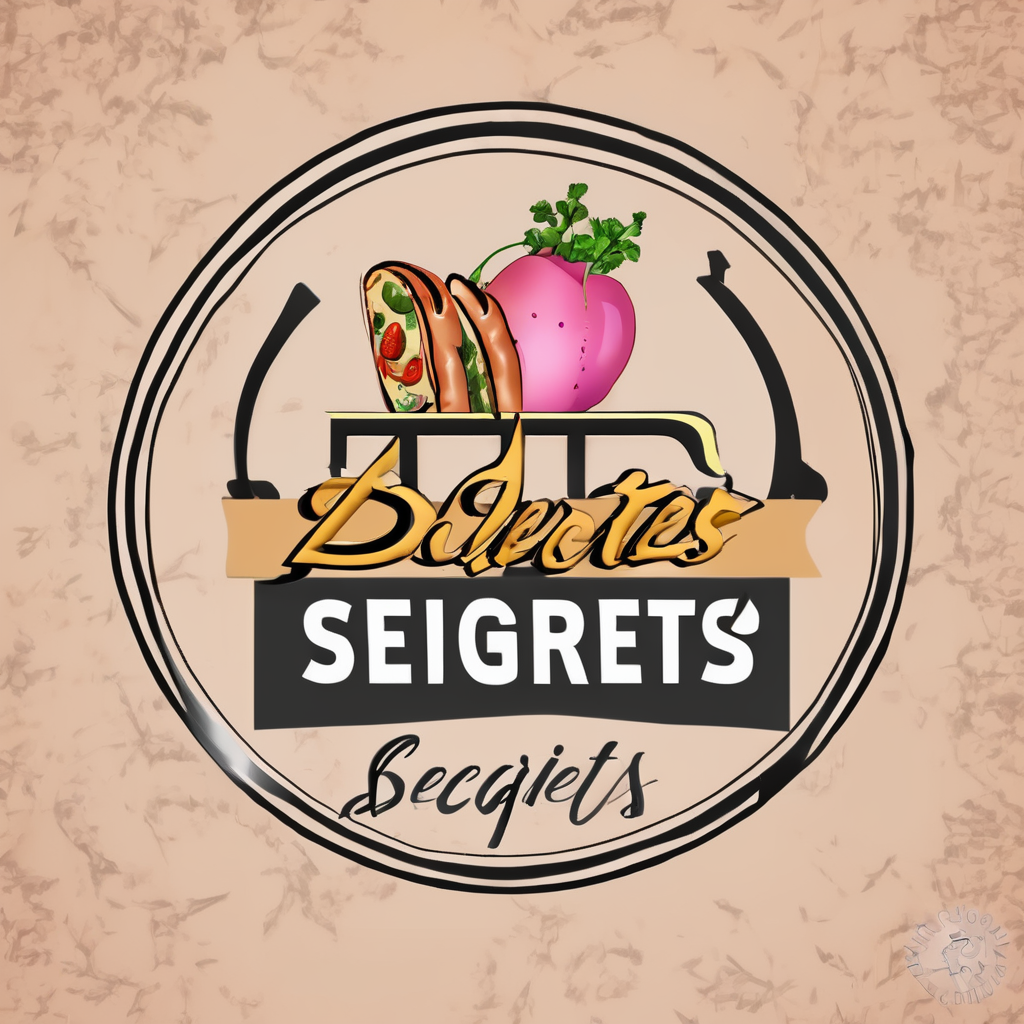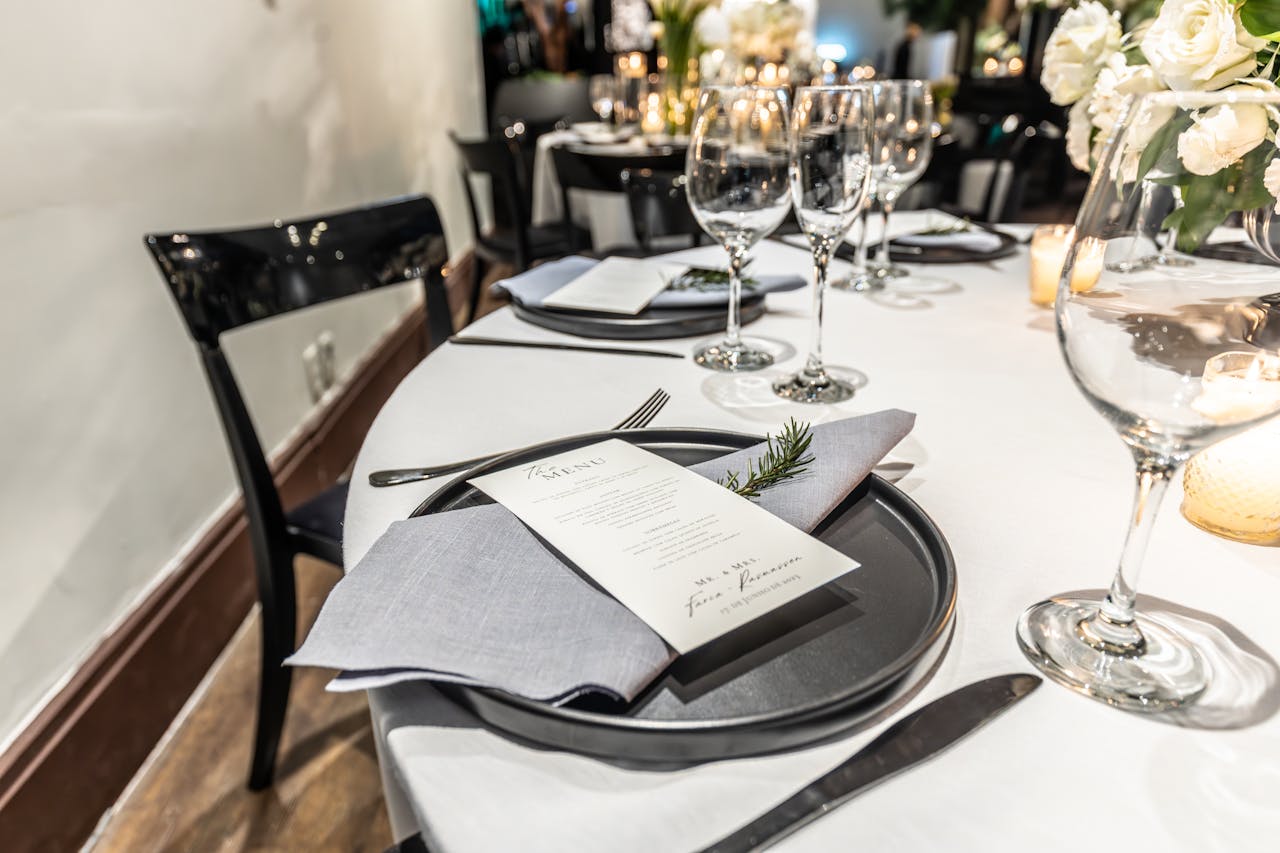If you’re in the restaurant industry, you know that the heart of your business lies in the kitchen. Without a well-designed kitchen, your menu and food service suffer, leading to disappointed customers. You must consider a multitude of factors when constructing the perfect kitchen – including the space, the design, the appliances, and even the menu. If you’re planning on offering a diverse menu catering to various diets like vegetarian, vegan, gluten-free, and more, it’s crucial to design a kitchen that can support these needs.
Planning Your Kitchen Space
When designing a commercial kitchen, the initial planning phase is crucial. This is where you’ll be deciding how to best utilize your space, and what kind of kitchen items and appliances you will need. Proper planning will help ensure that your kitchen can support a diverse menu.
Also read : What are the legal requirements for providing employee health benefits in the UK gastropub sector?
Before you begin buying equipment or tearing down walls, take a good look at the space you have available. A well-designed kitchen is an efficient one. An efficient kitchen will not only help your staff prepare meals more quickly, but it also minimizes the time needed to clean up after a busy service.
Consider the flow of your kitchen. Plan out the routes your staff will take during a typical service. From the moment the ingredients enter your kitchen until the completed dish leaves the kitchen, there should be a clear path. With a well-planned kitchen space, you can avoid traffic jams and ensure your meals are prepared and served quickly and efficiently.
Also read : What are the key factors in choosing the right POS system for a small bistro?
Menu Planning and Kitchen Design
The menu you offer your customers significantly impacts your kitchen design. Every item on your menu has unique preparation and cooking requirements, and your kitchen must be able to accommodate them. Designing a kitchen that supports a diverse menu requires careful planning and thoughtful decision-making.
For example, if you’re offering gluten-free options, you might need to invest in separate preparation areas and equipment to avoid cross-contamination. If you’re planning on serving vegan and vegetarian dishes, you’ll require extra refrigerator space to store your fresh produce.
By keeping your menu in mind when designing your kitchen, you can ensure that you have all the appliances, tools, and space you need to prepare any item on your menu quickly and efficiently.
Choosing the Right Kitchen Items
The kitchen items you choose will directly affect how efficiently your kitchen operates. When selecting your kitchen items, it’s important to think about the type of food you’ll be preparing and the quantities you’ll be serving.
Consider the appliances you will need. If you will be offering a wide variety of fried foods, you’ll need multiple fryers. If you’re planning on serving fresh-baked bread or desserts, a high-quality oven is a must. If your menu includes a variety of cold dishes, refrigerator space will be crucial.
Remember, the goal is to create a kitchen that can handle the demands of your diverse menu. This doesn’t mean you need to overcrowd your kitchen with every single appliance available. Instead, focus on essential, versatile items that can handle a range of dishes.
Importance of Staff Training in a Diversified Menu Kitchen
In a kitchen designed to support a diverse menu, your staff’s training is equally as important as the design of the kitchen itself. Training your staff properly will help ensure that your kitchen runs smoothly and efficiently, no matter how diverse your menu might be.
Your staff should understand the flow of your kitchen and be able to work within it. They should understand the importance of avoiding cross-contamination, especially when dealing with food allergies and dietary restrictions.
Consider regular training sessions to keep your staff up-to-date on new menu items, changes in kitchen protocol, and any new equipment. This will help ensure that all staff members are aware of how to use the kitchen space effectively and safely.
Adapting and Evolving Your Kitchen Design
A static kitchen design is a recipe for disaster in a dynamic, customer-focused industry. As you introduce new items to your menu or adjust your service to suit your customers’ tastes, your kitchen design will likely need to adapt.
Perhaps you discover that a certain item on your menu is particularly popular, and you need to rearrange your kitchen to allow for more efficient preparation of that dish. Or maybe you’ve decided to introduce a new range of vegan dishes and need to allocate certain prep areas for vegan ingredients.
Keep in mind that your kitchen design isn’t set in stone. It should be flexible and adaptable, just like your menu. Regular evaluations of your kitchen’s efficiency can help identify areas for improvement and ensure that your kitchen continues to support your menu effectively.
Ensuring Food Safety in Your Commercial Kitchen
A critical component of providing diverse dietary options in your menu is ensuring food safety. This is especially crucial when catering to specific dietary restrictions such as gluten-free or vegan diets where cross-contamination can lead to serious health implications.
For instance, if you’re serving gluten-free dishes, you need to establish a dedicated area for gluten-free food preparation. This can help prevent gluten-containing ingredients from accidentally ending up in your gluten-free dishes. Similarly, if you’re preparing vegan meals, you must ensure that your vegan dishes don’t come into contact with any animal-based products.
In addition to segregating your food preparation areas, your staff should be well-versed in food safety practices. They should be trained on the importance of washing their hands and cleaning kitchen utensils thoroughly between preparing different dishes.
Moreover, proper food storage is key to maintaining food safety in a commercial kitchen. Raw meat, fish, and poultry should be stored separately from fresh produce and dairy products to prevent cross-contamination. Food items should also be stored at the right temperature to prolong their shelf life and prevent foodborne illnesses.
Lastly, you must adhere to local health and safety regulations. Regular inspections can help ensure that your kitchen continues to maintain high standards of food safety. So, be prepared for surprise inspections from health officials by keeping your kitchen clean, organized, and well-maintained at all times.
Managing Food Cost and Reducing Food Waste
In a kitchen designed to cater to a diverse diet, managing food cost and reducing waste are of paramount importance. When you’re serving a variety of dishes, it’s vital to keep track of your food cost percentage and aim to reduce food waste as much as possible.
Keeping an accurate record of all your food purchases and sales can help you calculate your food cost percentage. Divide your total food cost by your total sales, then multiply by 100 to get your food cost percentage. A lower percentage indicates a more profitable business.
Another factor to consider is food waste. Unused ingredients, over-prepared dishes, and unserved meals contribute to food waste. To minimize this, you can implement inventory management practices to ensure that you are not overstocking ingredients. Moreover, menu planning can be used as a tool to utilize the same ingredients across multiple dishes, reducing the risk of food spoiling.
When designing your restaurant menu, consider the shelf life of your ingredients. Dishes with ingredients that have a short shelf life should be highlighted as specials to ensure they are sold before they spoil. Dishes with longer shelf life ingredients can be mainstays on your menu.
Food waste doesn’t just impact your bottom line, it also has environmental implications. By minimizing food waste, you’re not only improving your profits, but you’re also contributing to a healthier planet.
Conclusive Thoughts
Designing a kitchen to support a diverse menu is a delicate balancing act. It requires careful planning, thoughtful consideration of your menu items, and a well-trained staff. Moreover, the design should prioritize food safety to cater to various dietary needs without risking cross-contamination.
While it might be challenging, the rewards of providing a diverse dining experience can be substantial. It can set your restaurant apart from your competitors, attract a wider customer base, and contribute to your business’s overall success.
Adaptability is also key. Your kitchen design and menu offerings should evolve with your customers’ tastes and preferences. Regular evaluation and adjustments can help ensure your kitchen continues to support your diverse menu effectively. Remember, success in the restaurant industry lies in the heart of the business – the kitchen.






